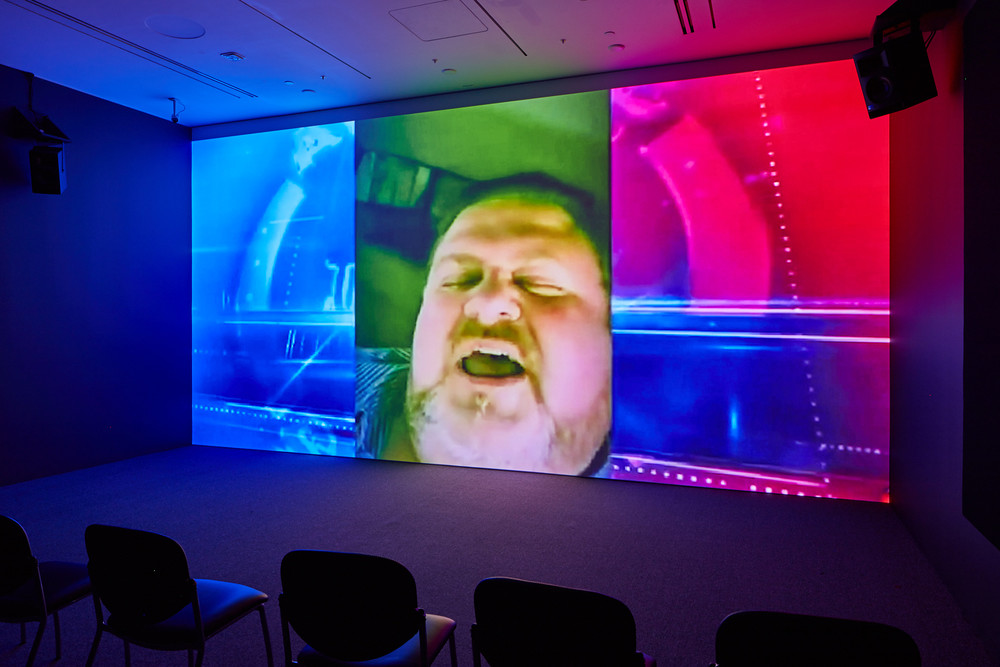The Institute of Arts and Science & the San Jose Museum of Art present “Seeing Through Stone”
University of California, Santa Cruz NEWSCENTERApril 10, 2024 San José, California (March 20, 2024) — The Institute of the Arts and Sciences...



The White Album by Arthur Jafa
Film Screening (40 min, looped)
April 7, 12 p.m.- 7 p.m.
Discussion (TBA) 7-8 p.m.
DARC 108
Arthur Jafa is an artist, director, editor, and award-winning cinematographer whose poignant work expands the concept of black cinema while exploring African American experience and race relations in everyday life. He has stated, “I have a very simple mantra and it’s this: I want to make black cinema with the power, beauty, and alienation of black music.”
The White Album, 2018, is Jafa’s follow up to his renowned work Love Is The Message, The Message Is Death (2016). Love Is The Message, The Message Is Death is a compilation of found footage set to Kanye West’s transcendent, gospel-inspired hip-hop track “Ultralight Beam.” The result was a meticulously edited seven-minute montage that surveys African American identity through a vast spectrum of imagery, drawing from media sources such as the news, photography, the Internet, and television. Intercutting segments of his own footage with more well-known pictures from the civil rights era, recent scenes of police brutality, and iconic clips of extraordinary athleticism, Jafa established an emotional undercurrent for this complex terrain of cultural representation. In effect, the work is a testament to the emancipatory power of moving-image production.
If Love Is The Message trained Jafa’s scrutiny on black experience, The White Album shifts his lens to white experience, acknowledging that neither can be understood in isolation from the another. Again, he combines imagery from a wide array of sources, from music videos to confessionals posted to YouTube, to produce a trenchant examination of race relations in the United States.